 Whether you’re interested in a single protein or many, you now have the chance to join the Protein Structure Initiative’s PSI:Biology network, which will apply high-throughput structural approaches to solve interesting biological problems.
Whether you’re interested in a single protein or many, you now have the chance to join the Protein Structure Initiative’s PSI:Biology network, which will apply high-throughput structural approaches to solve interesting biological problems.
We have just released three funding opportunities that will establish the core of the PSI:Biology research network:
Centers for High-Throughput Structure Determination – large-scale centers that will have the capacity to solve structures on the order of several hundred per year.
Centers for Membrane Protein Structure Determination – small centers that will devote special effort to solving the structures of these proteins.
Consortia for High-Throughput Enabled Structural Biology Partnerships – these awards will support functional studies of proteins proposed by individuals or groups of researchers from across all fields of biology as well as support the structural determination of those proteins through consortia with the PSI:Biology structure centers. Ideal projects will integrate functional and structural data for a large number of protein structures to solve significant biological problems.
In addition to these opportunities, we plan to issue program announcements for experimental technology development, computational and molecular modeling and more ways for partners to bring their interests to the target-setting table. We’ll announce these in the NIH Guide and here in the Feedback Loop.
If you have just one or two proteins that need to be solved, you can nominate them as targets for structure determination via the PSI Structural Genomics Knowledgebase, which offers a cool widget so you can easily access the site from your Web page.
UPDATE: The due dates for letters of intent and applications have been extended to September 28, 2009, and October 28, 2009, respectively. For more details, see NOT-GM-09-026.



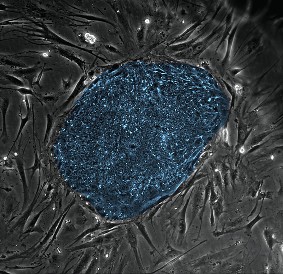
 We’ve posted a new
We’ve posted a new 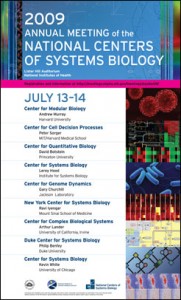
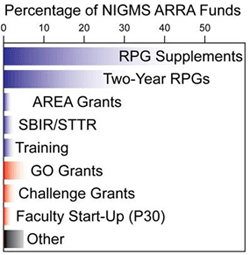 Applications in the first five categories (blue) were submitted and reviewed prior to the Recovery Act. The next three categories (red) are Recovery Act programs that solicited new applications, which are now being reviewed. The final category (black) includes supplements to research centers, research management and support and some other programs.
Applications in the first five categories (blue) were submitted and reviewed prior to the Recovery Act. The next three categories (red) are Recovery Act programs that solicited new applications, which are now being reviewed. The final category (black) includes supplements to research centers, research management and support and some other programs.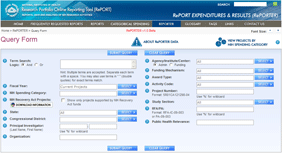
 This year’s meeting is dedicated to chemistry. As you know, NIGMS supports lots of basic science, which includes different “flavors” of chemistry. Many chemistry Nobel laureates are, or have been, NIGMS grantees. Several of them—such as Robert Grubbs, Richard Schrock and Roger Tsien —are among the 23 laureates attending the Lindau meeting.
This year’s meeting is dedicated to chemistry. As you know, NIGMS supports lots of basic science, which includes different “flavors” of chemistry. Many chemistry Nobel laureates are, or have been, NIGMS grantees. Several of them—such as Robert Grubbs, Richard Schrock and Roger Tsien —are among the 23 laureates attending the Lindau meeting.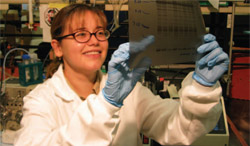 If you plan to apply, be sure to read the recent NIH Guide notice applying to NRSAs. Effective with the August 8, 2009, submission date, NIH will only accept electronic applications for F-series programs. There are other changes, too, including how letters of reference are submitted, how many amended applications you may submit (only one), and how review is structured (there are now five review criteria). In addition, reviewers will use the new scoring system for individual fellowships starting with applications reviewed at the summer 2009 study section meetings.
If you plan to apply, be sure to read the recent NIH Guide notice applying to NRSAs. Effective with the August 8, 2009, submission date, NIH will only accept electronic applications for F-series programs. There are other changes, too, including how letters of reference are submitted, how many amended applications you may submit (only one), and how review is structured (there are now five review criteria). In addition, reviewers will use the new scoring system for individual fellowships starting with applications reviewed at the summer 2009 study section meetings. from the May 31 edition of the Washington Post. It highlighted a
from the May 31 edition of the Washington Post. It highlighted a 